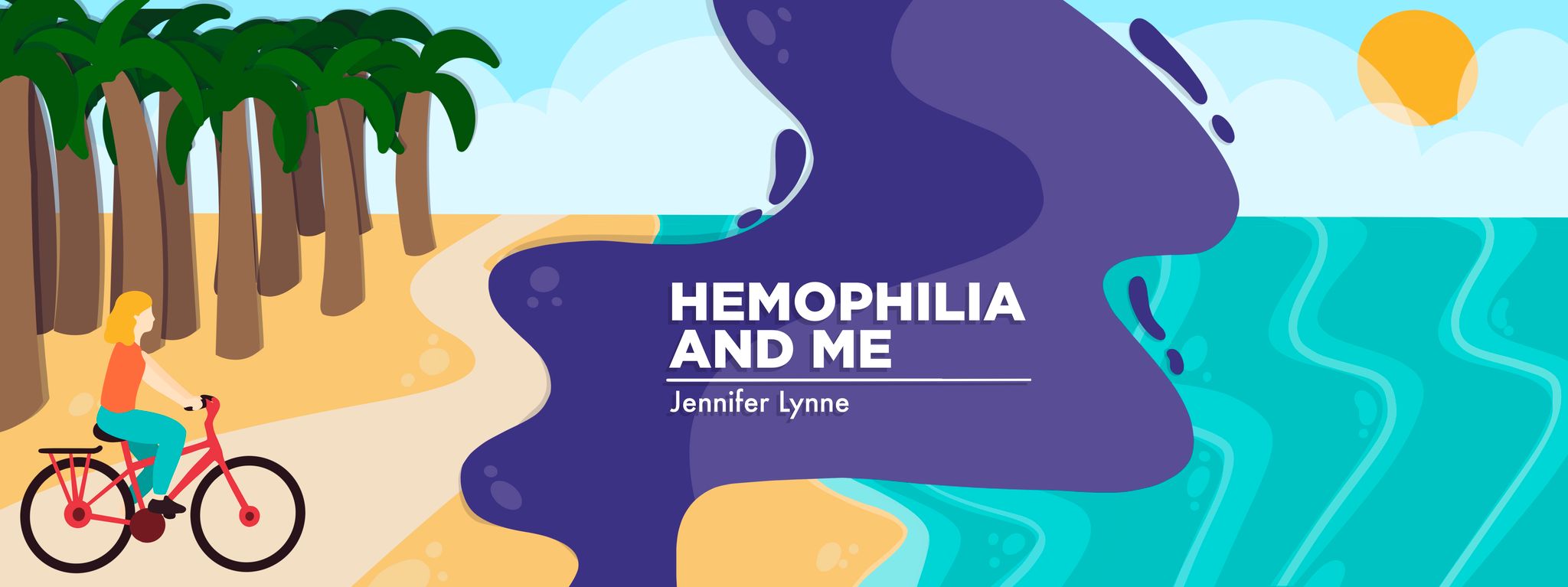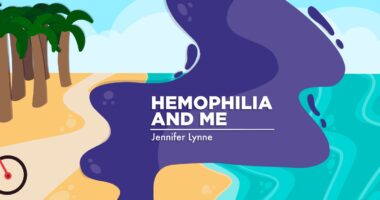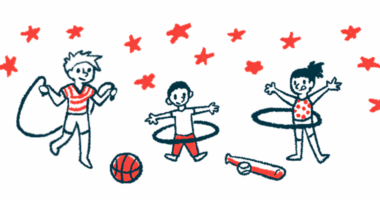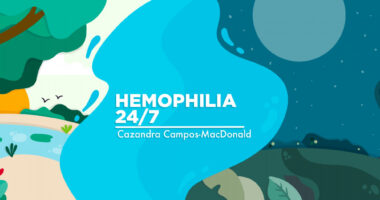Turning Gratitude Into Action on World Hemophilia Day

I am lucky to live in the United States, where medication to treat hemophilia and von Willebrand disease is easy to obtain. Had I been born in a developing country, I might not be alive today.
My treatment includes injections of expensive blood-clotting medicine called factor. Access to factor medications and proper medical care has saved my life and improved its quality.
According to the World Federation of Hemophilia (WFH), half of all people with severe hemophilia born in developing countries die before age 10. According to the WFH, access to healthcare and treatment for hemophilia in developing countries are profoundly limited. The WFH estimates there are around 400,000 people with hemophilia worldwide. Of these, about 75% have little access or no access to care, and only about 115,000 have even been diagnosed.
Increasing awareness about bleeding disorders is essential. Bleeding disorders, even mild ones, can cause life-threatening problems at all stages of life. As a community, there are a few ways to help improve the lives of our blood brothers and sisters living in developing countries.
Save One Life
The mission of the nonprofit organization Save One Life is to ensure that all people with bleeding disorders in developing countries have the medical and economic resources necessary to live independent and productive lives.
Chris Bombardier has severe hemophilia B. His journey through Nepal to summit the world’s tallest peak, Mount Everest, was featured in the documentary film “Bombardier Blood.” In 2018, he became the first person with hemophilia to scale the seven summits, each continent’s highest peak. Chris is now executive director of Save One Life.
The documentary shows how access to factor products can be the difference between a life in a wheelchair and the ability to scale mountains. It is a must-see for those in the hemophilia community and beyond.

Chris Bombardier hosts the premiere of the documentary film “Bombardier Blood” in Orlando, Florida, in 2018. (Photo by Jennifer Lynne)
Save One Life’s Project SHARE accepts donations of factor, which they send to areas of the world where access is limited. They also have a sponsorship program for children and young adults diagnosed with bleeding disorders. A monthly donation helps families purchase food, medicine, clothing, transportation, treatment, and education.
The World Federation of Hemophilia and World Hemophilia Day
The World Federation of Hemophilia is a nonprofit organization with a global network of patient organizations in 147 countries. According to the organization’s website, it has been providing global leadership to help improve and sustain care for people with bleeding disorders, including hemophilia, von Willebrand disease, rare factor deficiencies, and platelet disorders for over 50 years.
April 17 is World Hemophilia Day. This year’s theme is “Access for All: Partnership. Policy. Progress. Engaging your government, integrating inherited bleeding disorders into national policy.” According to the WFH, by raising awareness and bringing hemophilia and other inherited bleeding disorders to the attention of policymakers, we can increase sustainable and equitable access to care and treatment.
The website includes an advocacy toolkit for raising awareness on social media and a letter for contacting your government officials.
Light It Up Red campaign
The Light It Up Red campaign is part of World Hemophilia Day. According to the WFH, thousands of people last year showed their support by lighting up red over 100 landmarks in cities worldwide. This year’s landmarks that will light up in support include Gilbert’s Water Tower in Arizona, the Mid-Hudson Bridge in New York, and the Skydance Bridge in Oklahoma. The CN Tower in Toronto and Niagara Falls also will be lit red and feature a livestream view.
Let’s spread the word about World Hemophilia Day to support those with bleeding disorders who are not as fortunate. We should not stop until access to medication and care is available worldwide.
Note: Hemophilia News Today is strictly a news and information website about the disease. It does not provide medical advice, diagnosis, or treatment. This content is not intended to be a substitute for professional medical advice, diagnosis, or treatment. Always seek the advice of your physician or another qualified health provider with any questions you may have regarding a medical condition. Never disregard professional medical advice or delay in seeking it because of something you have read on this website. The opinions expressed in this column are not those of Hemophilia News Today or its parent company, Bionews, and are intended to spark discussion about issues pertaining to hemophilia.








Leave a comment
Fill in the required fields to post. Your email address will not be published.